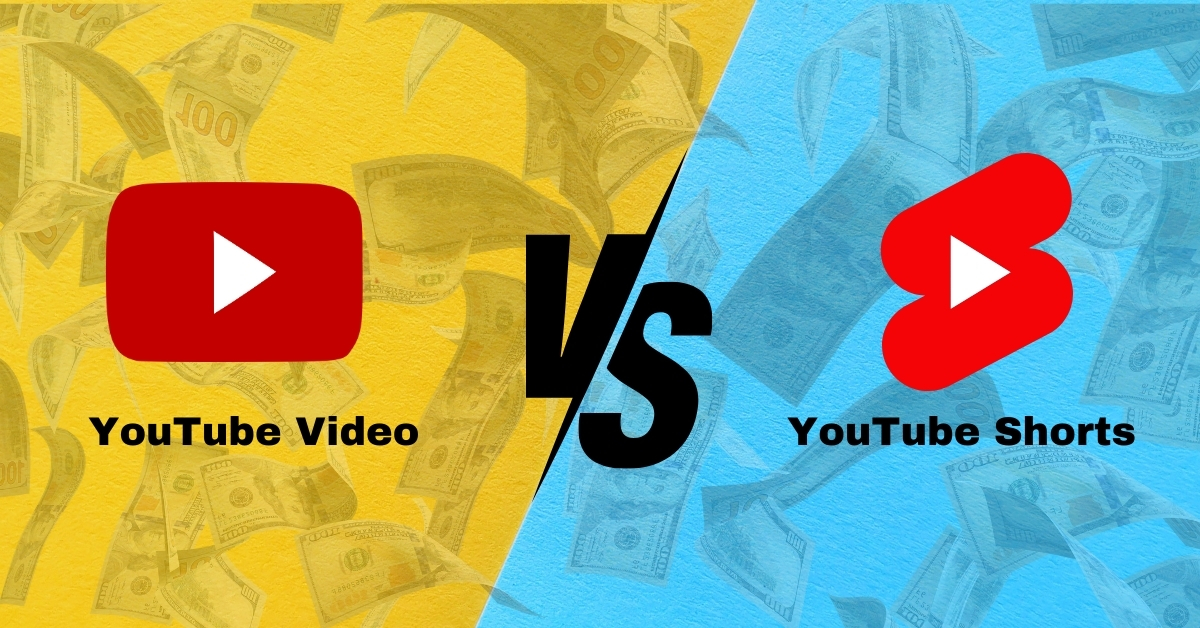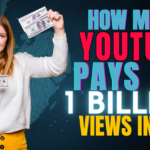YouTube Video Vs Shorts Income: YouTube Video and Shorts both offer income potential, but the specific earnings may differ. In the world of online content creation, YouTube has established itself as a prominent platform for creators to share their videos and generate income.
On the other hand, Shorts is a newer feature on YouTube that allows users to create and share short-form videos. While both YouTube videos and Shorts can potentially generate income, the actual earnings may vary. We will explore the differences in income potential between YouTube videos and Shorts, giving you a better understanding of how each can contribute to your online earnings.
So, let’s dive in and explore the income opportunities that YouTube videos and Shorts offer.
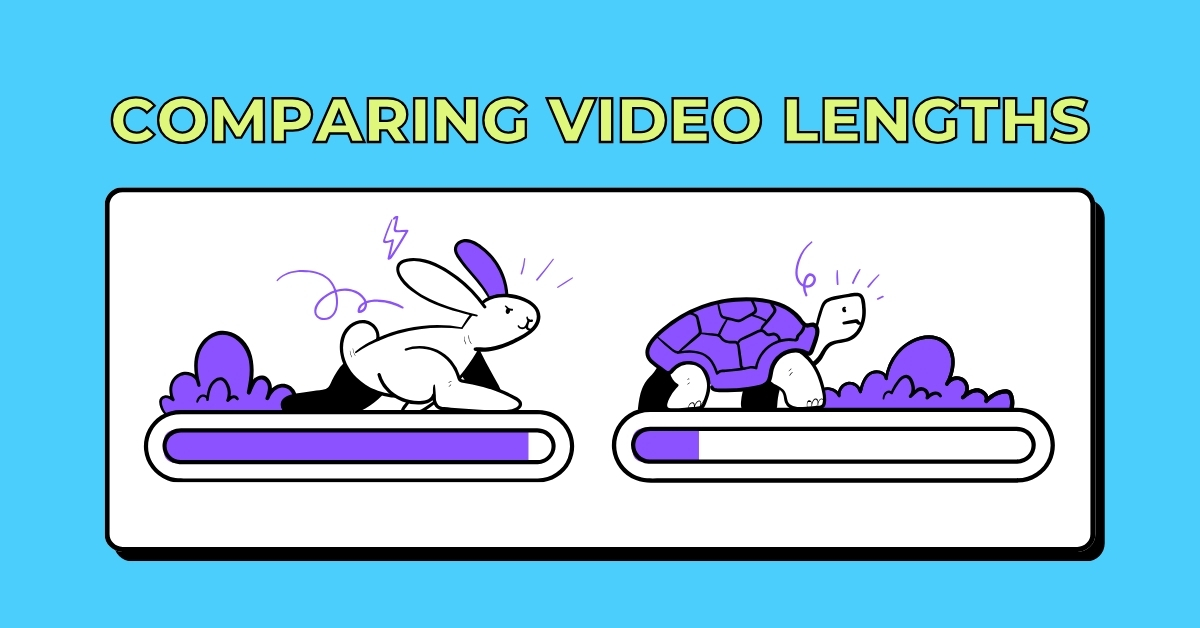
Comparing Video Lengths
In comparison to standard YouTube videos, Shorts offer a shorter format which can generate income. YouTube Video is better for longer content, while Shorts may appeal to viewers seeking quick, engaging content. As a content creator, understanding the potential for income from both formats is crucial for maximizing revenue.
While YouTube videos have been the go-to format for content creators to earn money and gain popularity, a new contender has emerged – YouTube Shorts. With its short and snappy format, Shorts has started to gain traction among viewers and creators alike. In this article, we will compare the income potential and viewership trends of YouTube videos and Shorts, focusing on the subheading: Comparing Video Lengths.
Monetization Differences
When it comes to monetization, YouTube videos and Shorts have slight differences that content creators should be aware of. YouTube videos follow the traditional path of monetization through advertisements, channel memberships, merchandise shelf, and Super Chat. Creators can earn a significant income by optimizing their videos for ad revenue and engaging their audience. On the other hand, Shorts are currently limited in terms of monetization options. At the time of writing, Shorts do not offer the same level of monetization opportunities as regular YouTube videos. However, YouTube has plans to introduce revenue options specifically for Shorts creators in the near future. Therefore, content creators should keep an eye out for upcoming updates and seize the opportunity to increase their income potential.
Viewership Trends
When it comes to viewership trends, the popularity of YouTube videos and Shorts can vary based on the length of the content. YouTube videos, which typically range from several minutes to an hour or more, generally attract viewers who are looking for in-depth and comprehensive content. These viewers tend to engage with the videos for longer periods, leading to higher watch times and potential ad revenue. On the other hand, Shorts, with their short durations of 60 seconds or less, cater to viewers who prefer quick and entertaining content. Shorts are often designed to capture attention rapidly, making them more shareable and potentially going viral. With the rise of TikTok and Instagram Reels, viewers have grown accustomed to short-form content, making Shorts an attractive option for creators looking to reach a wider audience.
In conclusion, while YouTube videos still dominate when it comes to income potential and long-form content, Shorts offer a fresh and engaging way for creators to expand their reach and potentially go viral. As YouTube continues to develop monetization options for Shorts, content creators should keep experimenting with both formats to maximize their earning potential and cater to the preferences of their audience.

Monetization Strategies
Monetization strategies for YouTube videos and Shorts offer different income opportunities, providing creators with diverse avenues to earn revenue. While traditional videos generate income through ads, Shorts focus on monetization features like YouTube’s Shorts Fund and channel subscriptions, enabling creators to explore alternative income streams.
When it comes to earning money from YouTube videos and YouTube Shorts, content creators have various monetization strategies at their disposal. From ad revenue to channel memberships, these approaches can help creators generate income from their content.
Ad Revenue: One of the primary ways to monetize YouTube videos and Shorts is through ad revenue. By enabling monetization on their channels and videos, creators can display ads to their viewers. These ads can be in the form of pre-roll ads that play before the video starts, mid-roll ads that interrupt the video, or post-roll ads that appear at the end. The revenue earned from these ads is based on factors like the ad type and the number of views or clicks.
Channel Memberships: Another monetization strategy available to YouTube creators is channel memberships. This feature allows creators to offer exclusive perks and content to their subscribers for a monthly fee. Subscribers who join these memberships gain access to unique benefits such as custom badges, emojis, early access to videos, member-only live chats, and more. The revenue generated from channel memberships offers a direct and consistent income stream for creators, as subscribers renew their memberships each month.
Affiliate Marketing: In addition to ad revenue and channel memberships, creators can also utilize affiliate marketing to earn money from their YouTube content. Affiliate marketing involves promoting products or services through unique affiliate links. When viewers make a purchase using these links, creators receive a commission. This strategy works particularly well for content creators who review or recommend products, as their audience may be more inclined to make a purchase based on their endorsement.
Sponsorships and Brand Deals: Another way to monetize YouTube videos and Shorts is through sponsorships and brand deals. As creators gain popularity and reach a larger audience, brands may approach them for promotional collaborations. These collaborations can range from product placements in videos, sponsored content, or even dedicated videos promoting a brand’s products or services. Creators can negotiate terms and fees based on their reach and engagement, providing an additional source of income.
Key Takeaways:
- Ad revenue is a primary method of monetization for YouTube videos and Shorts.
- Channel memberships offer exclusive perks and generate consistent income.
- Affiliate marketing allows creators to earn commissions through product promotions.
- Sponsorships and brand deals provide additional income through collaborations.
Audience Engagement
When it comes to audience engagement, both YouTube videos and Shorts have their own unique ways of catching the attention of viewers. Understanding the different aspects of audience engagement in these two types of content can help creators optimize their strategies and increase their income.
Watch Time Impact
The watch time impact is a key factor in audience engagement. YouTube videos typically have longer durations, allowing for more in-depth content that captures the viewer’s attention for an extended period. On the other hand, Shorts with their brief, snappy format can quickly grab the viewer’s interest, often resulting in multiple views within a short time frame.
Community Interaction
Community Interaction is vital for audience engagement. YouTube videos offer the opportunity for creators to foster discussion through comments, likes, and shares. Shorts may prompt viewers to engage through quick reactions and comments due to their easily digestible format, resulting in high levels of interaction within a short period.

Optimizing Content
Optimizing content for YouTube videos and Shorts income is crucial for maximizing reach and income potential. By focusing on keyword research, engaging titles, and compelling thumbnails, creators can attract more viewers and increase their earning potential through optimized content.
Title And Thumbnail Importance
When it comes to creating content for YouTube, the title and thumbnail of your video play a crucial role in grabbing the attention of viewers. By utilizing enticing titles and eye-catching thumbnails, you can increase the chances of your video being clicked and watched. The title should be short, descriptive, and accurately represent the content of your video. Using keywords related to your niche can also help with search engine optimization (SEO). Similarly, the thumbnail should be visually appealing, compelling, and effectively convey what your video is about. Putting effort into creating attractive titles and thumbnails can significantly impact the overall success of your YouTube videos.
SEO And Discovery
Optimizing your YouTube content for search engine optimization (SEO) is essential for improving its discoverability. By incorporating relevant keywords in your video title, description, and tags, you increase the likelihood of your video being found by search engines. Conducting keyword research and including the most relevant and popular search terms in your content can help drive organic traffic to your videos. Additionally, utilizing appropriate tags, captions, and video transcripts can further enhance the SEO value of your content. By following these optimization techniques, you can improve the discoverability of your YouTube videos and reach a wider audience.
Table: YouTube SEO Tips
| SEO Technique | Description |
|---|---|
| Keyword Research | Identify popular and relevant keywords for your niche. |
| Title Optimization | Create engaging and keyword-rich titles. |
| Description Optimization | Write informative and keyword-enhanced descriptions. |
| Tag Utilization | Include relevant and specific tags to improve searchability. |
| Caption and Transcript | Provide accurate captions and transcripts for better accessibility and indexing. |
By leveraging these SEO techniques, you can enhance the visibility and discoverability of your YouTube videos, ultimately increasing their potential for generating income.
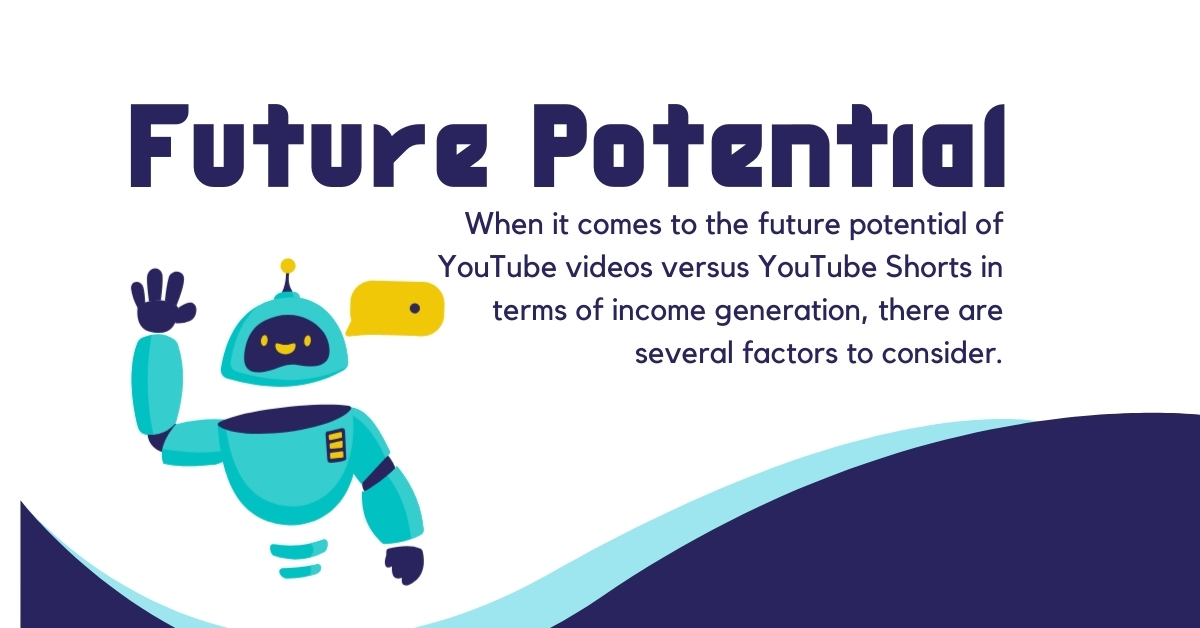
Future Potential
When it comes to the future potential of YouTube videos versus YouTube Shorts in terms of income generation, there are several factors to consider. In this blog post, we will delve into the long-term sustainability of each format, as well as the advantages of tapping into trends. Understanding these aspects is crucial for creators and marketers looking to maximize their earning potential on YouTube.
Long-term Sustainability
YouTube videos have long been the gold standard for content creators looking to build a sustainable income stream. With their longer format, videos allow creators to dive deep into topics and provide in-depth value to their audiences. This type of content often attracts loyal subscribers who are more likely to engage with the channel in terms of likes, comments, and shares.
This higher level of engagement can lead to more ad revenue for creators. Additionally, through sponsorships, merchandise sales, and other revenue streams, successful YouTube channels can create a sustainable income over the long term.
On the other hand, YouTube Shorts offer a unique opportunity for creators to quickly capture viewers’ attention with short and snappy content. While this format may not provide the same level of engagement as longer videos, the potential for virality is high.
Creators who are able to understand the preferences and expectations of their target audience can leverage the power of YouTube Shorts to gain exposure and grow their subscriber base rapidly. This, in turn, can open up opportunities for monetization through brand partnerships and product promotions.
Tapping Into Trends
One of the keys to success on YouTube is staying ahead of the curve and tapping into emerging trends. Both YouTube videos and Shorts offer the potential to capitalize on trending topics and capture viewers’ interest.
With YouTube videos, creators have the advantage of being able to create longer, comprehensive content that delves deep into trending topics. This approach allows them to position themselves as authoritative voices in their niche and attract a dedicated audience over time.
YouTube Shorts, on the other hand, are ideal for creating quick, timely content that aligns with current trends. By producing Shorts related to viral challenges, popular memes, or news events, creators can ride the wave of online conversations and increase their chances of going viral.
By understanding the preferences of their target audience and keeping a close eye on industry trends, creators can find the right balance between producing long-form YouTube videos and attention-grabbing Shorts to maximize their earning potential.
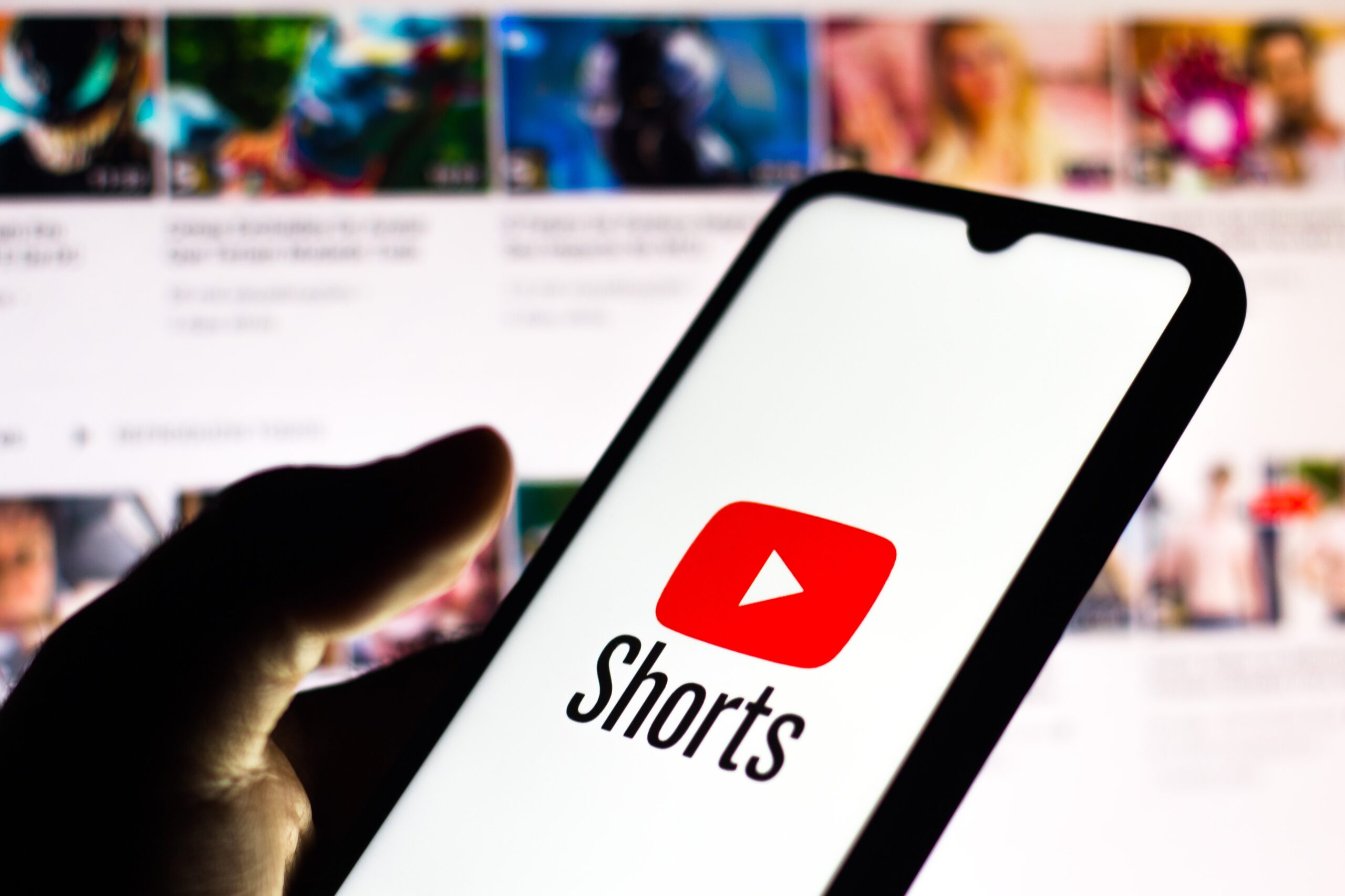
Credit: www.deepbrain.io
Frequently Asked Questions For YouTube Video Vs Shorts Income
Can You Make Money From YouTube Shorts?
Yes, YouTube shorts can be a lucrative source of income. By joining the YouTube Partner Program and monetizing your shorts with ads, you can earn money based on views and engagement.
How Do YouTube Shorts Compare To Regular Videos In Terms Of Income?
YouTube shorts have the potential to generate income quickly. With their vertical, mobile-friendly format, they can attract a wider audience and increase engagement, leading to higher monetization opportunities compared to traditional videos.
What Are The Key Factors That Determine The Income From YouTube Shorts?
Several factors influence the income from YouTube shorts, including the number of views, viewer engagement (likes, comments, shares), duration watched, and ad impressions. Consistency, quality content, and audience retention play a vital role in maximizing your earnings.
Are YouTube Shorts A Better Option For Income Generation Than Regular Videos?
YouTube shorts offer a different avenue for income generation. While traditional videos require more planning and production, shorts can be quickly created and easily distributed. Therefore, incorporating both formats can provide a well-rounded strategy to maximize your income potential.
Conclusion
In the battle of YouTube video vs. Shorts income, understanding the strengths of each can help creators maximize their earning potential. While longer videos offer higher ad revenue, shorts provide quick views and potential for viral success. By diversifying content and strategically monetizing, creators can achieve sustainable income growth.
Mastering both formats is key to staying competitive in the ever-evolving content landscape.
